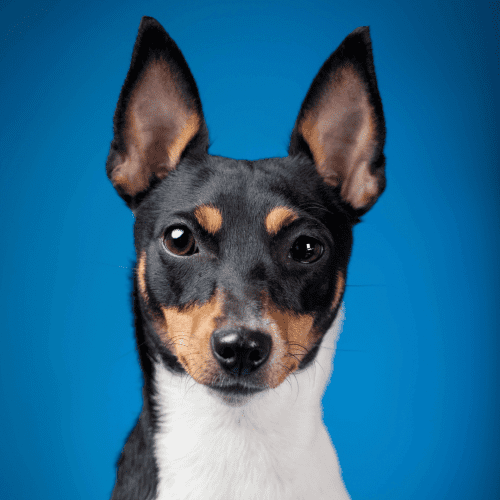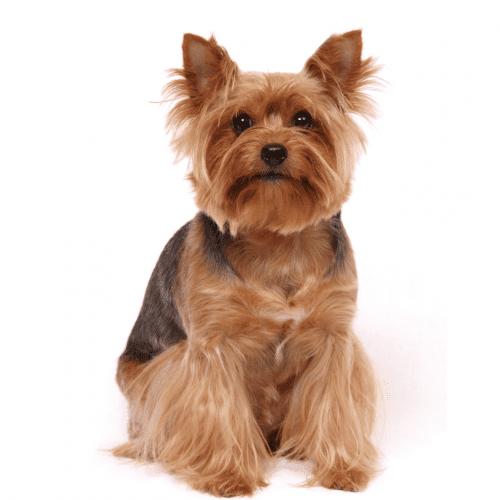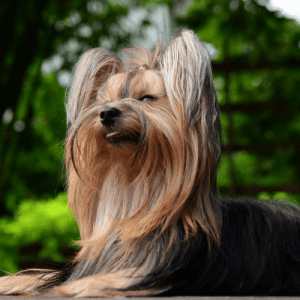Are you considering getting a teacup dog breed? These pint-sized pooches are becoming increasingly popular, and for good reason – they’re adorable! So read on for all the info you need on these adorable tiny little dog breed!
The Teacup dog breed refers to a specific group of small-sized dogs that have been selectively bred to be extremely tiny in size. These pint-sized pups typically weigh between 2 and 5 pounds and stand under 9 inches tall at the shoulder. Despite their small stature, Teacup dogs face health concerns due to their size classification. Their delicate bones and organs can be prone to fractures and other issues. Additionally, their small size can make them more susceptible to hypoglycemia and dental problems.
Despite these health concerns, Teacup dog breeds have recently gained popularity. Their tiny size makes them appealing to individuals living in apartments or smaller homes. Furthermore, their adorable appearance and portable nature make them popular among celebrities and social media influencers.
Regarding grooming needs, Teacup dogs require regular brushing to prevent matting and tangling of their long, flowing coats. They may also need frequent dental care to maintain good oral health.
Training Teacup dogs can present some challenges. Their small size can make them more difficult to handle and train. Additionally, their delicate nature can make them sensitive to harsh training methods. Patience, consistency, and positive reinforcement are critical when training these tiny companions.
What sets Teacup dogs apart from other dog breeds? One distinguishing characteristic is their size. Teacup dogs are significantly smaller than standard breeds, weighing between 2 and 5 pounds when fully grown. This size comparison makes them incredibly adorable and appealing to many people. However, it also presents several health concerns. Due to their miniature size, Teacup dogs are prone to various health issues, including fragile bones, dental problems, and hypoglycemia. These dogs require extra care and attention to ensure their well-being.
Training Teacup dogs can also present unique challenges. Their small size can make it difficult for them to learn certain behaviors and commands. Their delicate physical structure may also limit their ability to participate in specific training activities. It’s important to approach their training with patience and gentleness.
Despite these challenges, Teacup dogs have become increasingly popular in recent years. Their small size, cute appearance, and portability make them desirable companions for individuals living in small spaces or those seeking a compact pet. However, potential owners need to consider the responsibilities of owning a Teacup dog. Due to their fragile nature, they require careful handling, regular veterinary check-ups, and a safe environment to thrive. Responsible ownership is crucial to ensure the health and happiness of these tiny creatures.
Teacup dogs are a specific group of dog breeds known for their miniature size and unique characteristics. Several different teacup dog breeds fall under this category. Some popular teacup dog breeds include the Teacup Chihuahua, Teacup Pomeranian, Teacup Yorkie, and Teacup Maltese.
Teacup dogs share characteristics that make them stand out from other dog breeds. They’re typically smaller, weighing no more than 4 pounds when fully grown. They have a compact body structure, delicate features, and a charming demeanor. Teacup dogs are known for their affectionate nature and tend to form strong bonds with their owners.
While owning a teacup dog can be rewarding, it’s essential to consider the pros and cons. On the positive side, teacup dogs are portable, making them great for apartment living or traveling. They require less space and exercise compared to larger breeds. However, their small size can also be a disadvantage. Teacup dogs are more fragile and prone to health issues such as dental, respiratory, and hypoglycemia. Their small size also makes them more susceptible to injuries.
When it comes to training teacup dogs, patience and consistency are key. Due to their small size, they may be more prone to fear or anxiety, so positive reinforcement methods work best. Socialization is also crucial to prevent behavioral issues. It’s essential to handle them gently and avoid rough play.
Teacup dogs, also known as miniature dog breeds, have a fascinating origin story that spans several centuries. These tiny canines originated from breeding smaller versions of existing dog breeds. The exact origin of teacup dogs is difficult to determine, as it’s believed to have occurred naturally through selective breeding for smaller sizes. However, it’s widely accepted that the trend of breeding teacup dogs originated in Europe during the 17th and 18th centuries.
Teacup dogs gained popularity among royalty and nobility, who sought these miniature companions as status symbols. They were often seen in the arms of queens, princesses, and other members of high society. Over time, teacup dogs made their way to other parts of the world, including the United States, where they continue to be sought after as adorable pets.
Despite their popularity, teacup dogs have faced controversies and criticism. Some argue that breeding these tiny dogs is unethical and can lead to health concerns. Due to their small size, teacup dogs are prone to various health issues, including heart, respiratory, and dental problems. These health concerns have sparked debates about the ethics of breeding and owning teacup dogs.
Teacup dogs have been utilized by humans in various ways, showcasing their versatile nature and adaptability in different roles. The benefits of owning a teacup dog are numerous. Their small size makes them ideal for apartment living, as they require less space and exercise than larger breeds. They can also be great companions for individuals with limited mobility or elderly needing a smaller, more manageable pet.
Regarding training tips, it’s important to remember that teacup dogs are still dogs and require consistent and positive reinforcement training. Due to their small size, it’s essential to use gentle training methods to avoid causing any physical harm.
Health concerns are a significant consideration with teacup dogs. Their small size makes them more prone to specific health issues such as hypoglycemia, dental problems, and bone fractures.
Some popular teacup dog breeds include the Teacup Chihuahua, Teacup Pomeranian, and Teacup Yorkshire Terrier. These breeds are known for their small size, adorable appearance, and friendly nature. When considering adoption, it’s crucial to research reputable breeders or shelters to ensure the well-being and proper care of the teacup dog.
Various individuals connect with Teacup dogs, drawn to their small size, adorable appearance, and friendly nature. Teacup dogs are prevalent among city dwellers, as their compact size makes them suitable for apartment living. Additionally, elderly individuals and those with limited mobility find Teacup dogs excellent companions, as they require less exercise and are easier to handle. Families with young children also gravitate towards Teacup dogs, as they’re generally gentle and tolerant of rough play.
The benefits of owning a Teacup dog are numerous. Their small size makes them easily transported, making them ideal travel companions. Furthermore, their adorable appearance attracts attention and garners smiles from passersby, fostering social interactions and providing emotional support. Teacup dogs are known for their friendly and affectionate nature, making them excellent therapy dogs for individuals with various physical and mental health conditions.
However, owning a Teacup dog also comes with challenges. Their small size makes them more delicate and prone to injury, requiring extra care and supervision. Training Teacup dogs can be challenging, as they may be more stubborn or difficult to housebreak than larger breeds. Additionally, Teacup dogs are prone to particular health concerns, such as dental issues, hypoglycemia, and respiratory problems. Regular veterinary check-ups and proper nutrition are crucial to ensuring their well-being.
Individuals who own Teacup dogs should know specific vital facts about these tiny canine companions.
Teacup dog breeding is a controversial practice, with concerns regarding the health and well-being of these dogs. Due to their small size, Teacup dogs are more prone to health issues such as respiratory, heart, and dental problems. Providing them with regular veterinary care and a balanced diet is crucial to ensure their overall well-being.
Training a Teacup dog requires patience and consistency. Their small size can make it more difficult for them to housebreak, so it’s essential to establish a consistent routine and use positive reinforcement techniques.
Some popular Teacup dog breeds include the Teacup Chihuahua, Teacup Pomeranian, and Teacup Yorkie. Regarding accessories, Teacup dogs may require smaller collars, harnesses, and beds. It’s important to choose accessories specifically designed for their size to ensure comfort and safety.



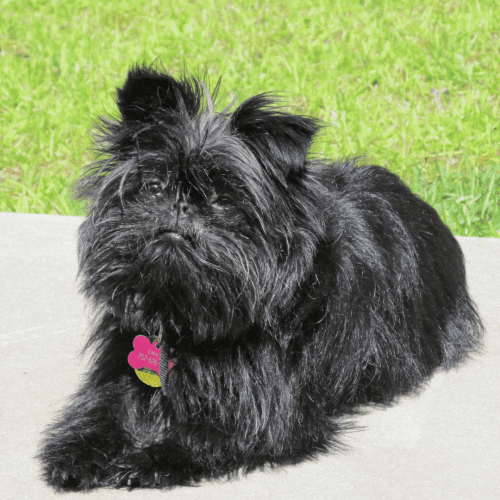
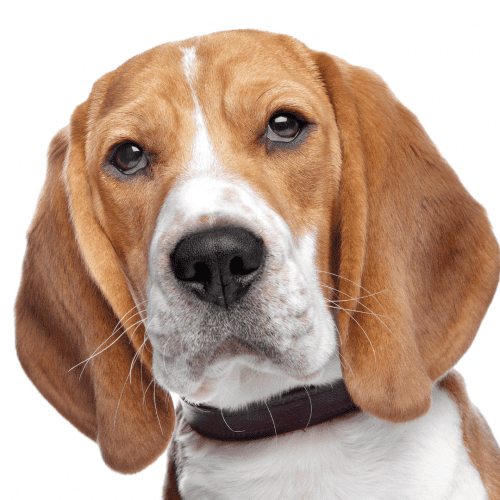

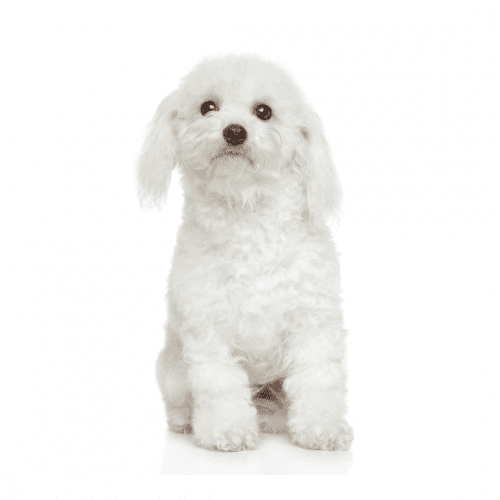


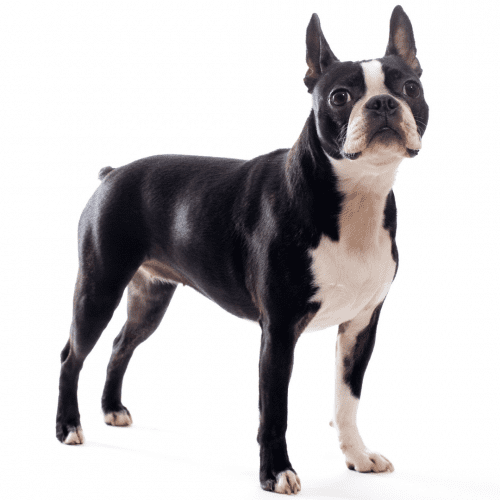

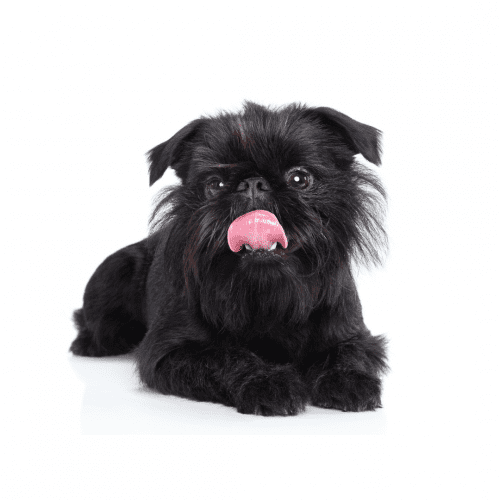
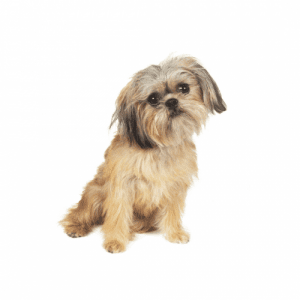
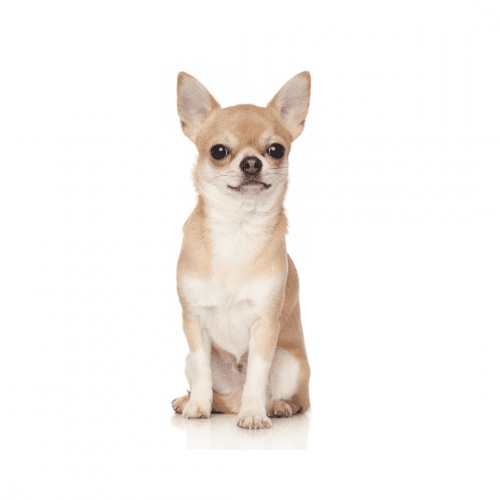





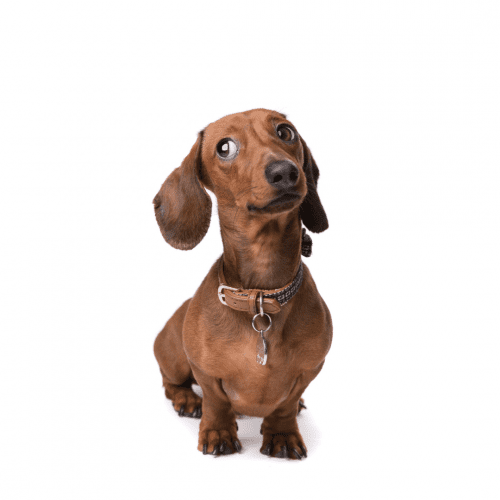

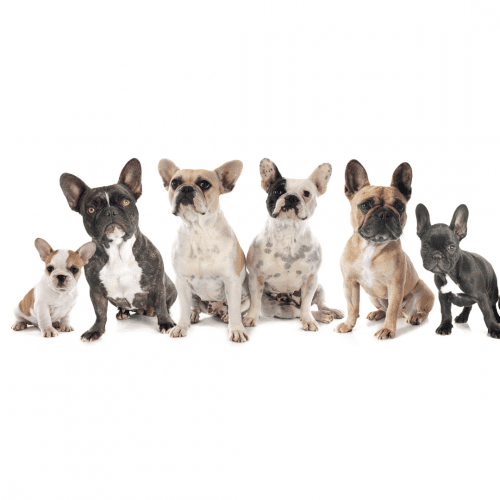

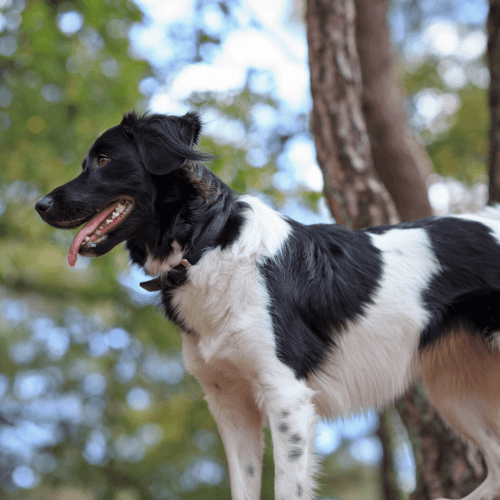
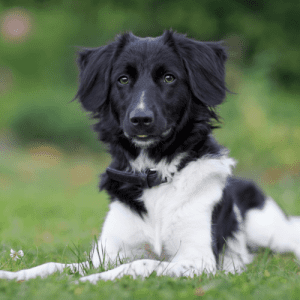
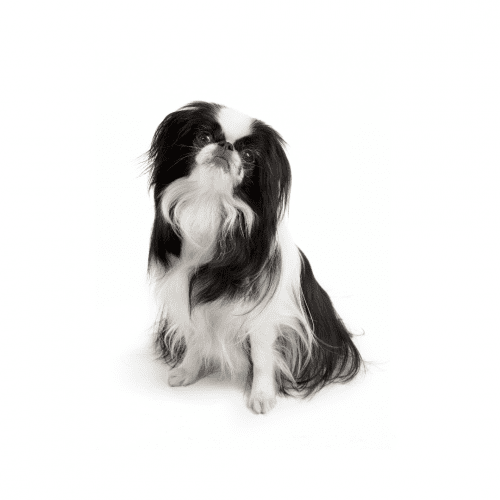

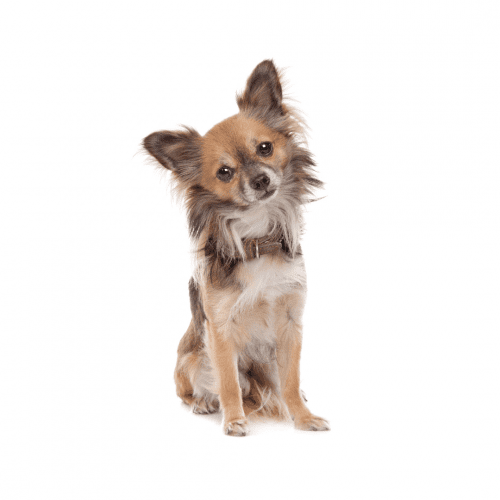

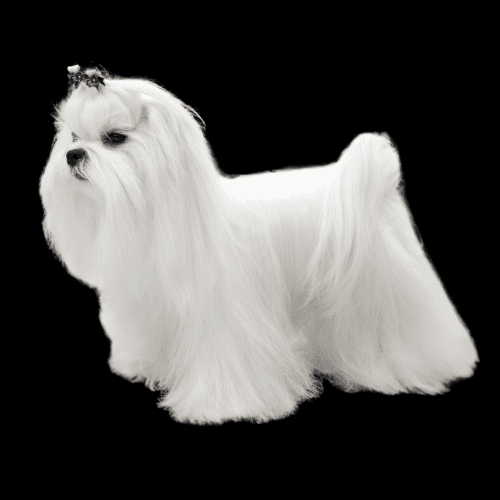

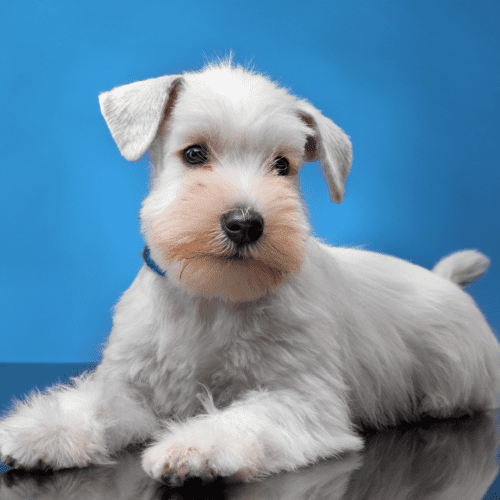

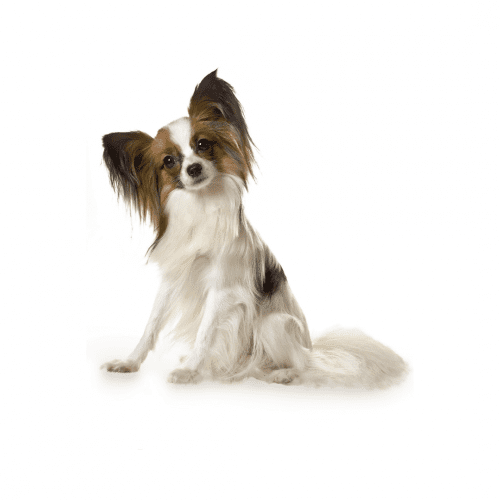
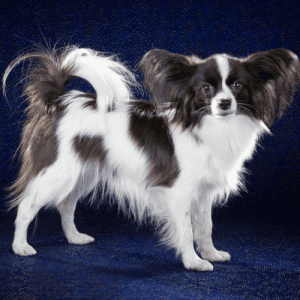
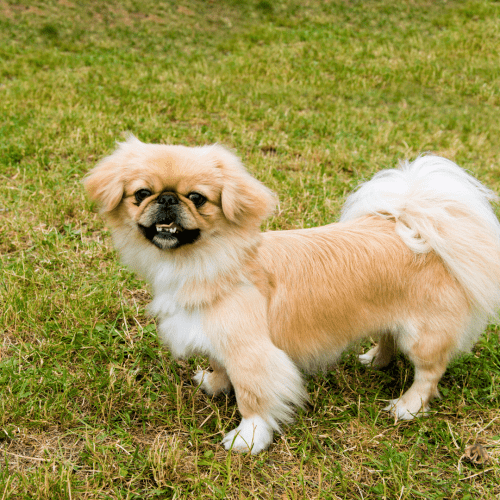

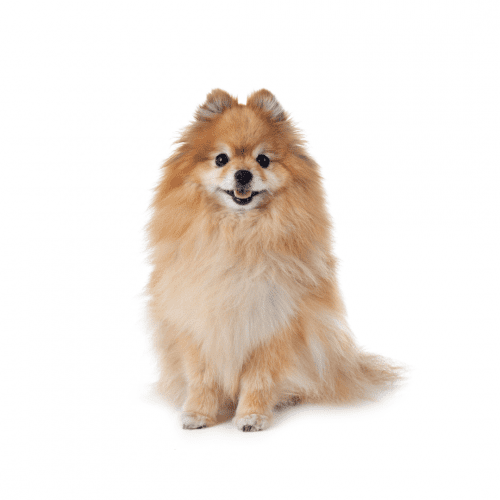

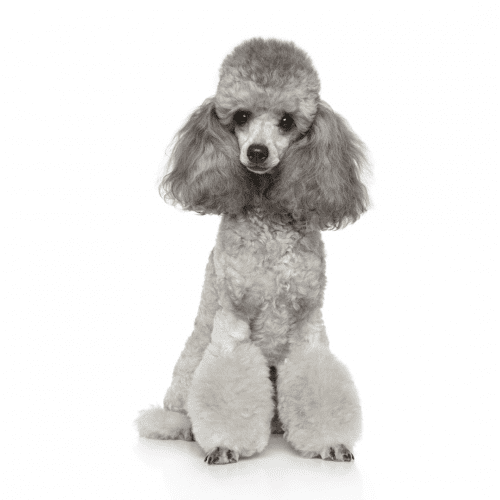

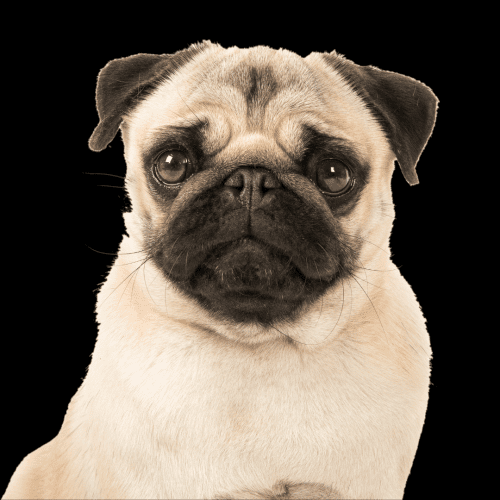

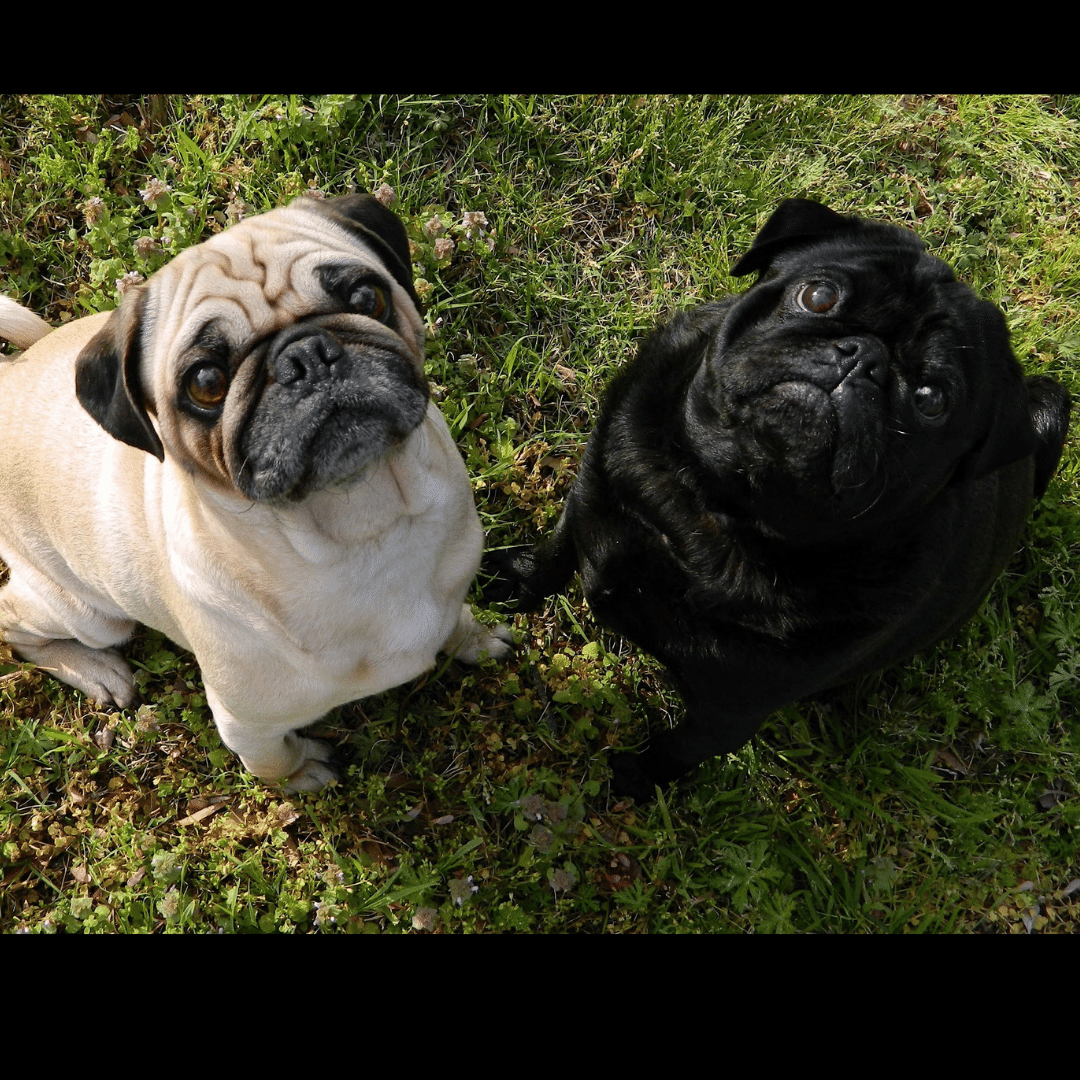
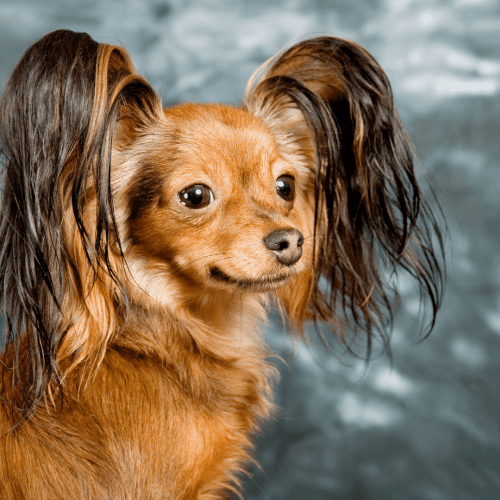
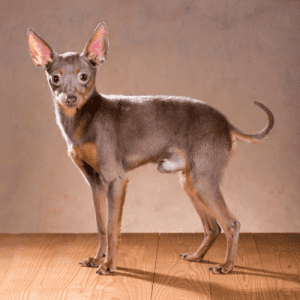
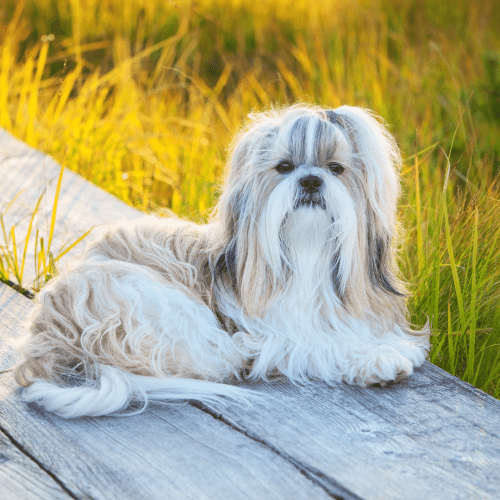
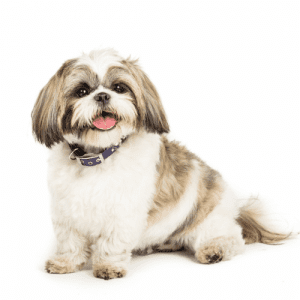 What Is The History Of The Shih Tzu Dog Breed?
What Is The History Of The Shih Tzu Dog Breed?